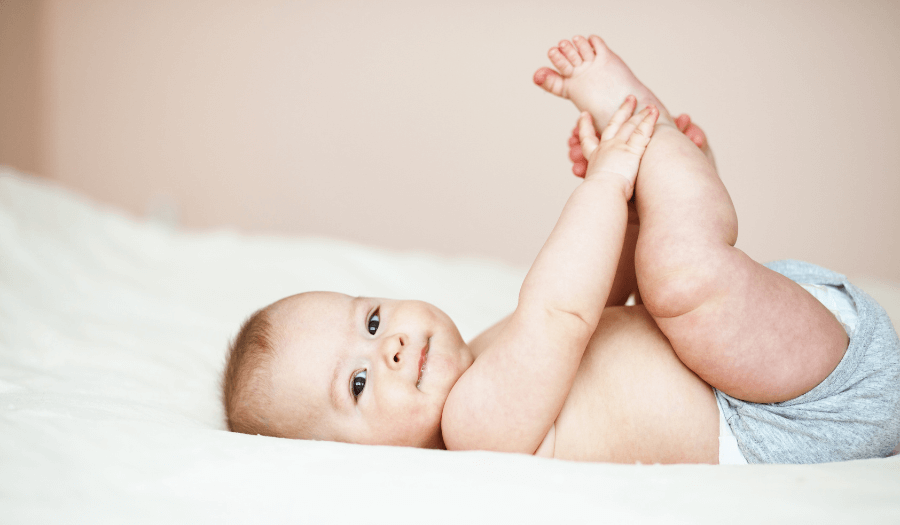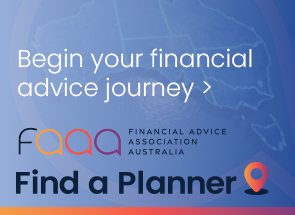Having a baby is an exciting and life changing experience. But what about the cost? There are many hidden and unexpected expenses that go along with your new bundle of joy. Follow our handy guide to planning your finances, so you can avoid any money worries once baby arrives.
No two ways about it, having a baby in Australia isn’t cheap. It also comes at a time when you’re likely to have less income, especially if you’re planning to take extended parental leave, or return to work part-time.
If you’re looking at starting a family, the cost of raising kids might not be your first thought. But the sooner you start budgeting and saving for your life together, the better off you’ll be.
As well as a budget, having a financial plan in place before you start trying to conceive is a wise idea. A financial planner can help you forecast your income and expenses over the next 5-10 years, and work with you to reach your financial goals.
The cost of having kids
For many new parents, the amount and cost of many ‘must-have’ baby items can come as something of a surprise. Who knew a name brand pram could set you back over $1000? Cots and car seats are also in the hundreds of dollars – and they’re not an area to skimp on, due to safety considerations.
Consumer watchdog Choice says you can expect to spend $4500 a year on purchases for the first four-years. Keep in mind however that this only includes direct expenses like furniture, clothing, nappies, food and toys.
What it doesn’t include are hidden costs like the increase in your utility bills, pre-birth expenses, outings and entertainment, and the costs of childcare, which are close to $6000 a year for families on the average wage. Many families may also need a new car, to cart around all of that fancy baby gear… that’s a lot of extra expense.
Before the baby arrives
Some of the costs you’ll need to cover during your pregnancy include:
- Maternity and nursing clothes and underwear
- Ultrasounds and other medical tests
- Birthing (antenatal) and parenting classes
- Doctor and hospital bills
- Health insurance premiums
Budgeting for the baby
Needless to say, pre and post-birth baby costs can really add up. You’ll also need to have a strategy to cover your living expenses while you’re on leave from work.
You can start by estimating roughly how much you’ll need. Then take some time to familiarise yourself with your monthly living expenses. If you don’t already have one, draw up a budget and stick to it. You can also use the Moneysmart Budget Planner.
Look at your budget carefully line by line and see where you can make savings. Try to cut back on your living expenses for a while and pay down any debt like credit cards or personal loans.
If you have a partner, a good strategy is to live off of one wage and save the other while you’re waiting for the baby to arrive. This will help you adjust to living on less and build a nest-egg for when the time comes. Aim to build up a healthy savings balance that will cover your costs and expenses for several months while you’re on leave.
The Money & Life website is operated by the Financial Advice Association (FAAA). The information in this article is not intended to influence the viewer to make a decision in relation to any particular financial product, class of financial product, or interest in either of these. The FAAA is not licensed to provide financial product advice. Nor is it able to provide legal or taxation advice. The FAAA does not assume responsibility for the information accessible via any links provided may relate to you.








